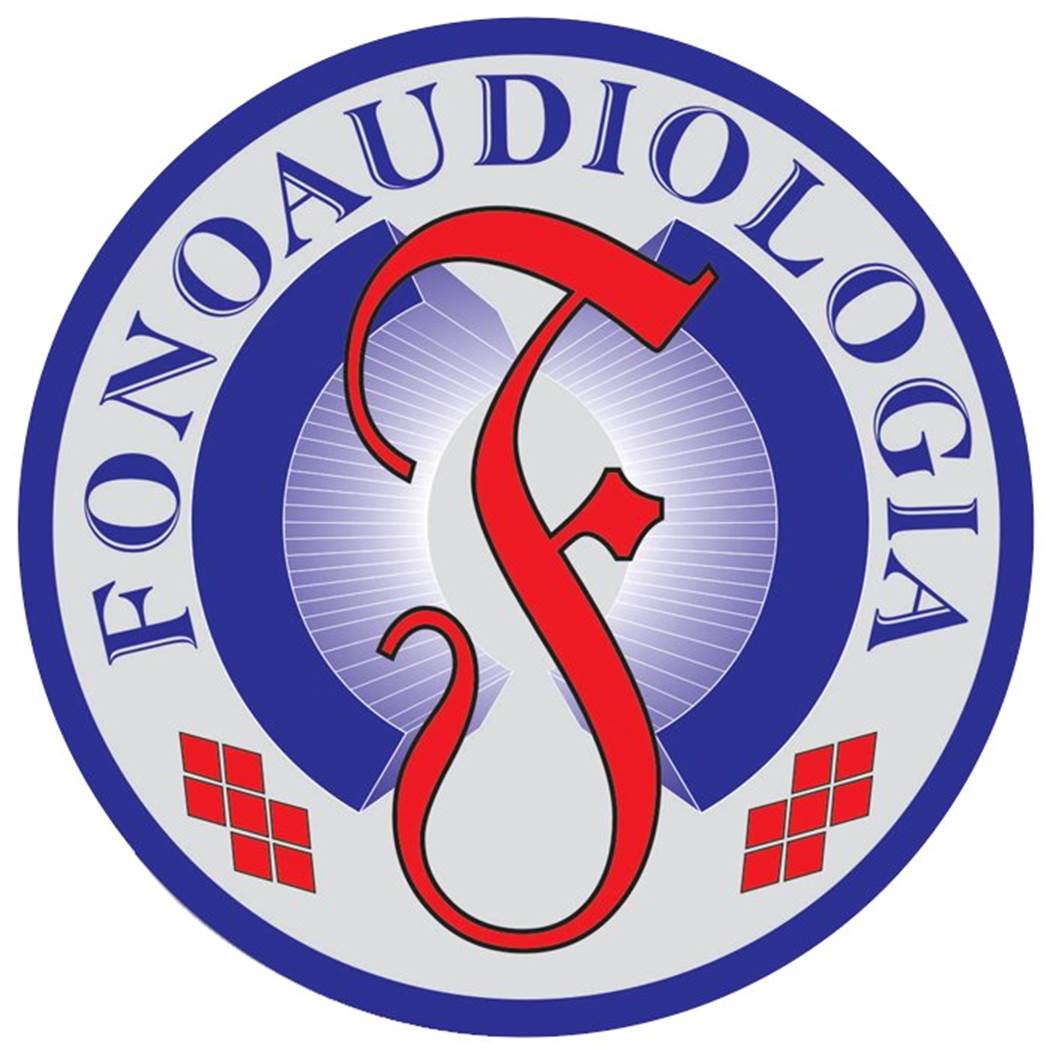Question & Answer - Oral Sensory-Motor, Myofunctional, Vocal Tract, & Airway Information
What is the intervention of Fonoaudiology Un Stetics?Miriam Flores, Speech-Language Pathologist in San Isidro, Buenos Aires, ArgentinaAugust 2017 |
|||
|
How many of you exercise your face's muscles? It's a part of our bodies that we don't usually exercise. The face has many muscles which need our attention. If we start exercising the facial muscles, we'll look younger because many wrinkles should vanish.
This treatment is indicated in people ages 25 to 75 years, is mostly preventive beginning at age 20 and highly therapeutic beginning at age 30. It’s very useful if you have lost weight abruptly or if you just want to look younger. So, whenever you look at yourself in the mirror, you will feel better and raise your self-esteem. People seek better quality in their lives and usually noninvasive treatments are preferred. This treatment is exactly that. And best of all, patients don't lose their genuine expressions. They just have a look of youth and freshness. About the Author Miriam Flores, Phonoaudiologist, University of Buenos Aires, college of Medicine, Speech Therapy. Coordinator of the Speech-Language Pathology and Audiology Area of Boulogne City Hospital, San Isidro, Buenos Aires, Argentina. Trained in Orofacial Motricidad, and Phonoestética. She currently works as a trainer in Speech Therapy and Facial Aesthetics, and rejuvenate for the facebook and neck rejuvenation. Email: fonomiriamflores@gmail.com.
|
|||
